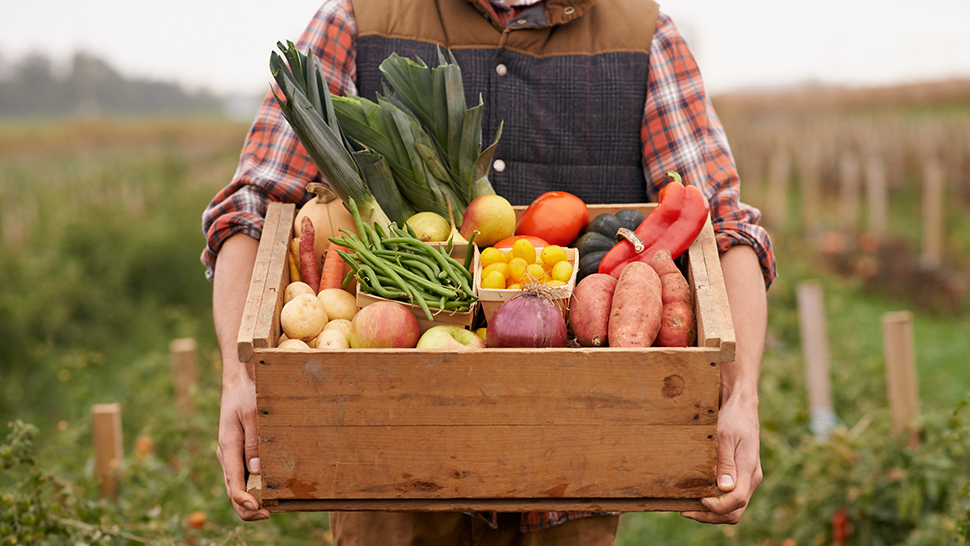
We’ve all heard why eating local’s great: it supports nearby communities, there are environmental benefits, just-picked produce is higher in nutritional value, and seasonal produce almost always tastes better (heads up: eating locally almost always means eating seasonally). Eating local food also offers a true taste of place and a connection to the culture of that place — whether that’s Grand Rapids or New Orleans.
So, if eating local’s so great, why doesn’t everybody do it all the time? Many people perceive eating locally as more difficult — being at the mercy of the seasons and the schedule of the farmers’ market means you sacrifice the convenience of visiting the supermarket whenever you want to buy whatever you want. We hear you.
But, as Passionate Protectors of Flavor (yes, we just made that title up, and, yes, we’re that dorky) we think eating locally is possible for everyone. We source locally in each of our more than 1,000 cafés every day, and after nearly 20 years of doing so we’ve learned a little bit about how to do it.
Below are some tips for integrating local flavor into your daily life. Most of us will never get to the point where know the names of our farmers’ kids or the nuances of the growing seasons in our local areas. But we can take simple steps toward finding a taste of place that’s all our own. Here’s how to start.
WHERE’S THE FOOD?
Local Harvest is the most widely recognized database of farmers’ markets, restaurants, grocery stores, CSAs, farmstands and more. Search by your city name or zip code and get an interactive map of local food sources with a profile of each that includes market information, events, products offered, and more.
The USDA’s National Farmers’ Market Directory offers a list of farmers’ market locations (defined as two or more farms selling directly to consumers at a regularly used location) with directions, operating times, product offerings, and accepted forms of payment.
Farm Aid offers a list of winter markets with more than 1,200 locations that sell locally produced food year-round (or just in winter).
Eat Wild offers a directory of sources for pasture-raised or grass-fed meats, poultry, and game, and wild-caught fish in the U.S., Canada, and internationally.
Seasonal Food Guide lets you search for what produce might be available in your area during any given season. While it doesn’t offer sources for local food, it’s a good way to set your expectations for a farmers’ market trip so you don’t arrive expecting beets and then feel baffled by rutabagas.
These are just a few resources to help make local eating a part of your daily lifestyle. Together we can be Passionate Protectors of Flavor (let’s get capes) and bring a taste of place onto our plates every day.